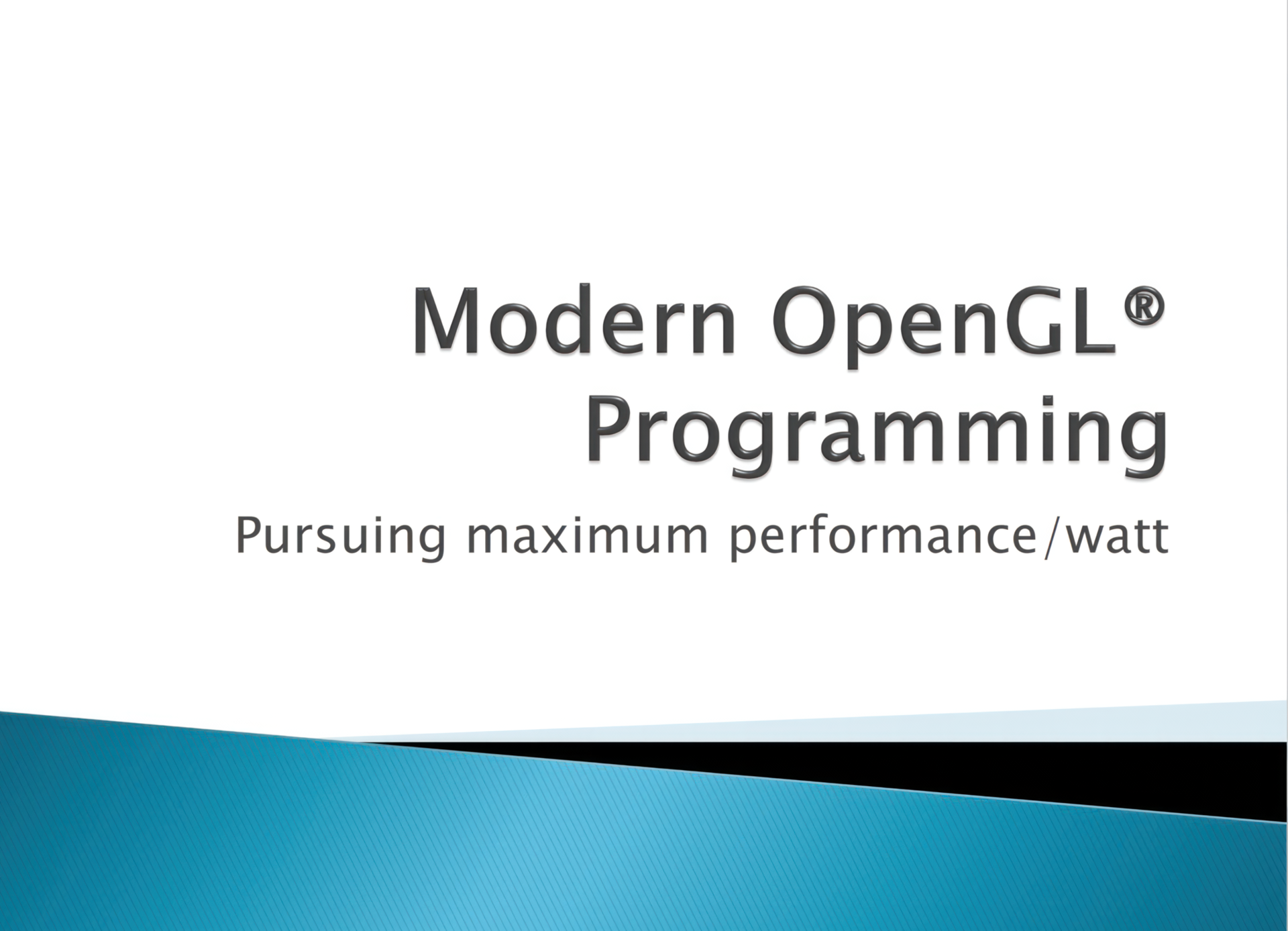“Modern OpenGL Programming” Chaired by
Abstract:
OpenGL has been introduced to the industry and academia for more than 20 years. During this long period, it keeps evolving to meet the requirements of rendering techniques and the advance of hardware. The latest version 4.4 was released in last summer. Although OpenGL is evolving fast, people still tend to use a small set of APIs that are both obsolete and low performance. A typical example is glBegin/glEnd. OpenGL keeps these APIs for backward compatibility so even a GL program written 20 years ago can run on today’s hardware. However, using these aged API can greatly undermine performance for there is lots of extra work to be done by driver to map these APIs to the today’s hardware interface. Therefore for people programming in GL, it is necessary to switch to new set of GL APIs for the maximum performance per watt. In this short course, we will go over the usage of cutting-edge GL APIs to achieve the best performance of your rendering system, including the concept of core profile, the usage of debug context, introduction to geometry, tessellation, compute shader and uniform block and so on. For each OpenGL concept or technology, we will either show a side-by-side comparison of old usage and new one, and point out the benefits that uses the new APIs. Some technology may not have an old API mapping. In this case, we briefly describe the applications of these new functionality, e.g., we will talk about how to use image-load-store to achieve OIT (order independent transparency). The course slides will be released in AMD developer site after the course.
Additional Information:
Level
Intermediate
Prerequisites
Audience should have either some hands-on experiences in either OpenGL or DirectX programming. Although the course is taught in C/C++, there won’t be any knowledge obstacles for other programming language users.
Intended Audience
University students, teachers and industrial engineers who has been using OpenGL or DirectX and want to acquire the latest GL programming skills for their research or engineering projects.





